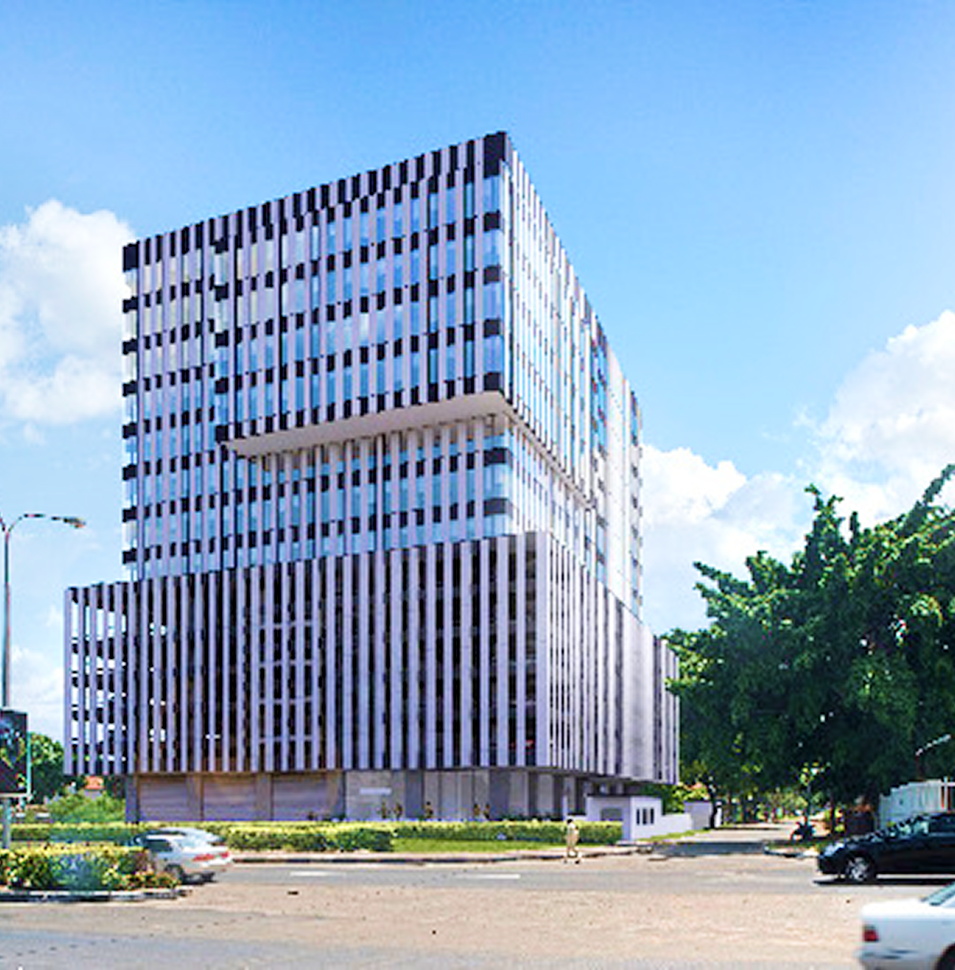
As Nigeria’s cities continue to grow, the demand for new buildings and urban developments is higher than ever. But as this growth happens, the question arises: How can we build for the future in a way that is sustainable, energy-efficient, and environmentally responsible? This is where the Green Building Council Nigeria (GBCN) plays a pivotal role in shaping the future of Nigerian architecture.
Despite the well-known benefits of green buildings, many developers and architects in Nigeria have been slow to adopt these practices. The reasons are multifaceted—some worry about the costs associated with sustainable construction, while others lack awareness of eco-friendly building techniques or face government policies that do not fully enforce sustainability standards. As a result, many new developments still rely on outdated, inefficient building methods that do not support long-term environmental goals.
This is where GBCN steps in, acting as a driving force for change in the industry. Through their training programs, certification initiatives, and advocacy for policy reform, GBCN is working to make green buildings more accessible and affordable for Nigerian developers. By promoting sustainable materials like laterite, rammed earth, and timber, GBCN is helping developers build more responsibly, without breaking the bank.
Beyond education and training, GBCN is also creating economic incentives for green buildings. Properties that achieve their green certification attract more investment and tenants, particularly those from the corporate sector who prioritize sustainability. This financial motivation is helping make the case for green buildings as a long-term asset, not just a cost burden.
One of the key examples that proves the potential of sustainable architecture in Nigeria is Heritage Place in Lagos, the country’s first LEED-certified office building. Designed with energy efficiency in mind, the building features natural lighting, an advanced cooling system tailored for Nigeria’s tropical climate, and water-saving technology to reduce waste. Heritage Place shows that green buildings are not just a futuristic dream—they are a reality in Nigeria and that they can thrive even in a city like Lagos.
As the world increasingly turns its attention to climate change and environmental sustainability, GBCN’s work is crucial in guiding Nigeria’s architecture and construction industries toward a more sustainable future. Through certifications, trainings, and advocacy, GBCN is changing the way we think about buildings, encouraging more architects, developers, and even homeowners to embrace sustainable practices.
So how can we as an industry contribute to this movement? Developers can start incorporating energy-saving designs and eco-friendly materials into their projects, while architects can continue to get GBCN-certified to stay ahead in the green building industry. Even homeowners can make a significant impact by investing in energy-efficient appliances, solar panels, or eco-friendly home improvements.
As Nigeria continues to grow and urbanize, the opportunity to build sustainably is one that we can’t afford to miss. GBCN’s vision is leading the way forward, proving that the future of Nigerian architecture doesn’t just need to be smarter—it needs to be greener, too.
